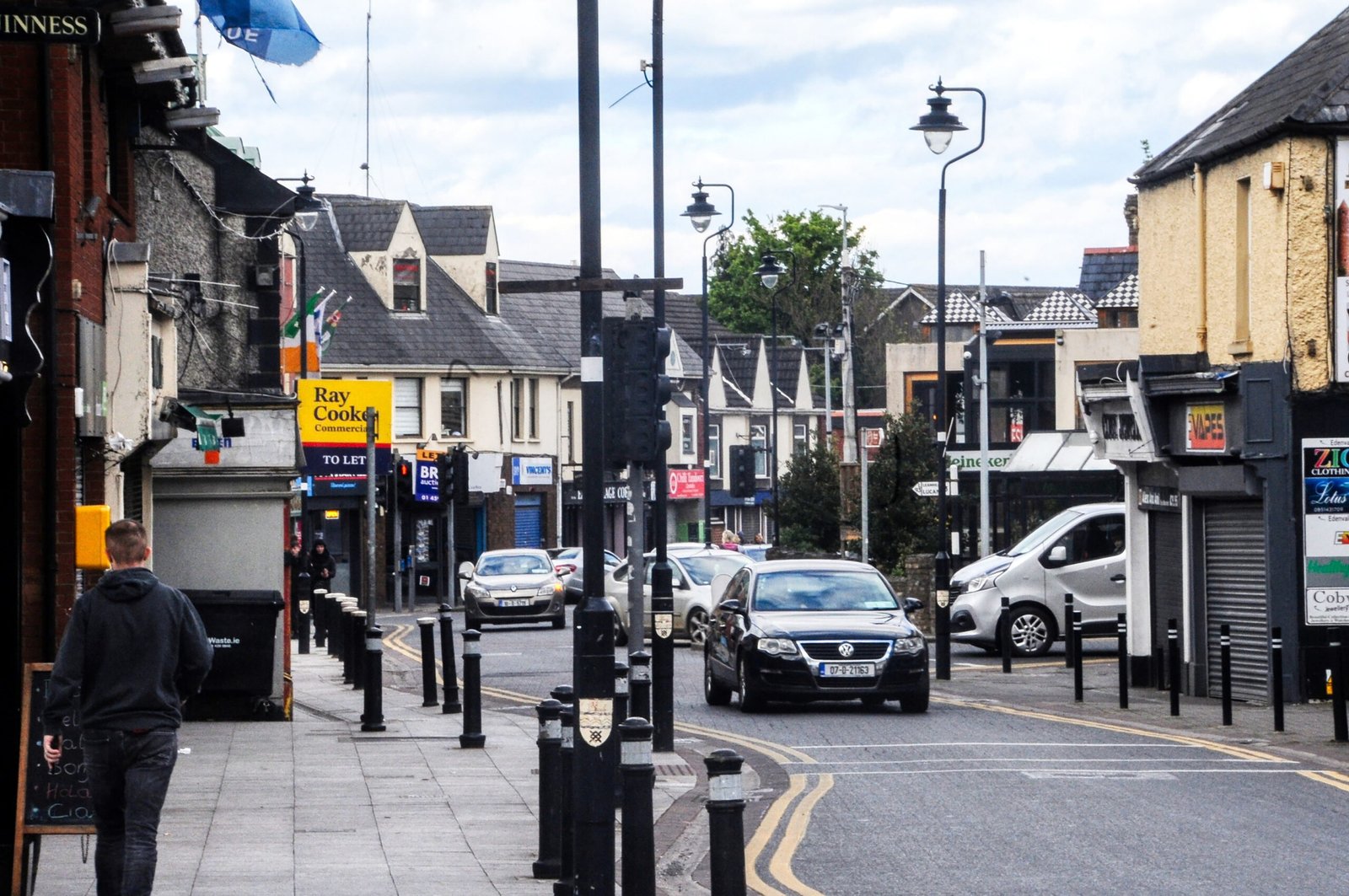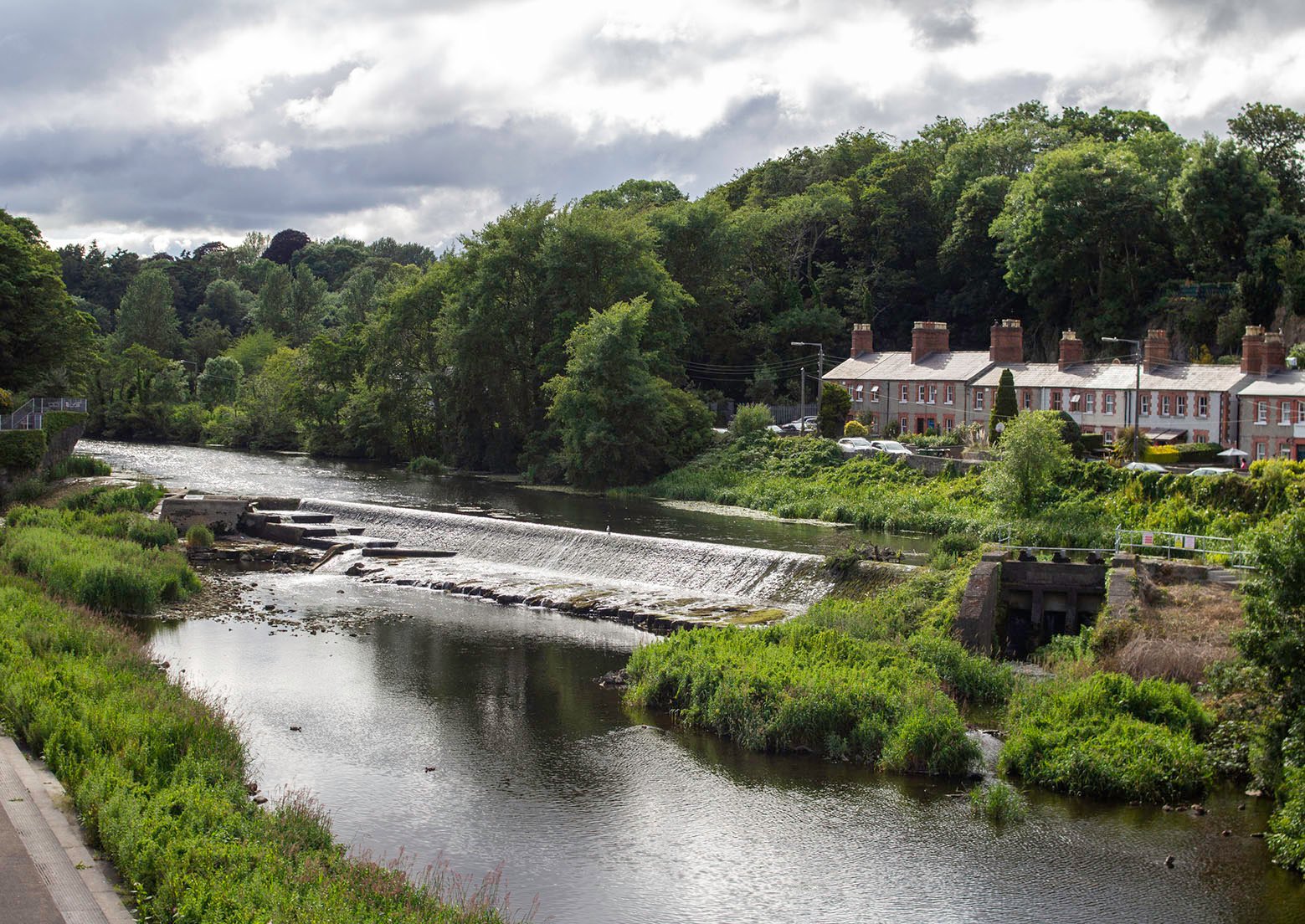Where the suburbs of Dublin Touch the Irish Countryside
South Dublin County, situated to the southwest of Dublin, encompasses a unique blend of urban and rural landscapes, offering a distinct living experience that caters to a diverse array of interests.
South Dublin County features a strong sense of community, creating a vibrant and dynamic lifestyle. Events such as the Lucan Festival, which celebrates the richness of local history, and the Clondalkin Tidy Towns Festival, which fosters environmental awareness and community spirit, serve as cornerstones of communal life.
The county is also a hub for the arts and entertainment. The Civic Theatre in Tallaght and the Rua Red Arts Centre are pivotal in promoting the local arts scene, hosting a variety of performances ranging from theater productions to art exhibitions.
Tourism in South Dublin County is a vibrant and integral part of the region’s identity, showcasing a diverse range of attractions that cater to various interests and preferences. From historical landmarks to scenic natural parks, recreational facilities, and bustling shopping areas, South Dublin County offers a rich experience for visitors.
Places
In South Dublin

Tallaght
Located in the heart of South Dublin, Tallaght has evolved from a small medieval village to one of Ireland's largest and most lively urban centers. Originally established as a monastic settlement, over the centuries, Tallaght has transformed, intertwining its historical sites with contemporary developments. Modern amenities, such as The Square Tallaght shopping center and the Civic Theatre, provide a vibrant contrast to historical landmarks like St. Maelruain's Church, an edifice that dates back to the 8th century. Furthermore, the suburb houses the intriguing Tallaght Castle ruins, offering a glimpse into the past amid urban growth. Tallaght’s role as a cultural hub can't be overlooked.

Clondalkin
Clondalkin's historical roots can be traced back to early Christian settlements, with its name derived from the Irish "Cluain Dolcáin," meaning "meadow of Dolcáin". Known for its picturesque landscapes and proximity to Dublin city, Clondalkin serves as a gateway to exploring Ireland's storied past and lively present. The prominent Clondalkin Round Tower, dating back to the 7th century, stands as a monumental reminder of the area's enduring legacy. Culturally, Clondalkin is a melting pot of activities and events, celebrating Irish traditions while embracing modern influences.

Lucan
Lucan, a charming suburb situated in South Dublin, is located on the banks of the River Liffey. The town blends urban vibrancy with rural tranquility, offering a unique ambiance that captivates visitors from all walks of life. Originally a modest village, Lucan began to gain prominence in the early 18th century due to the establishment of Lucan House and its famous spa waters. With the advent of the industrial age and expanding transportation networks, Lucan experienced rapid growth, transforming into a bustling suburb while retaining its historical roots. Today Lucan is celebrated for its mix of green landscapes and well-preserved architectural heritage.
